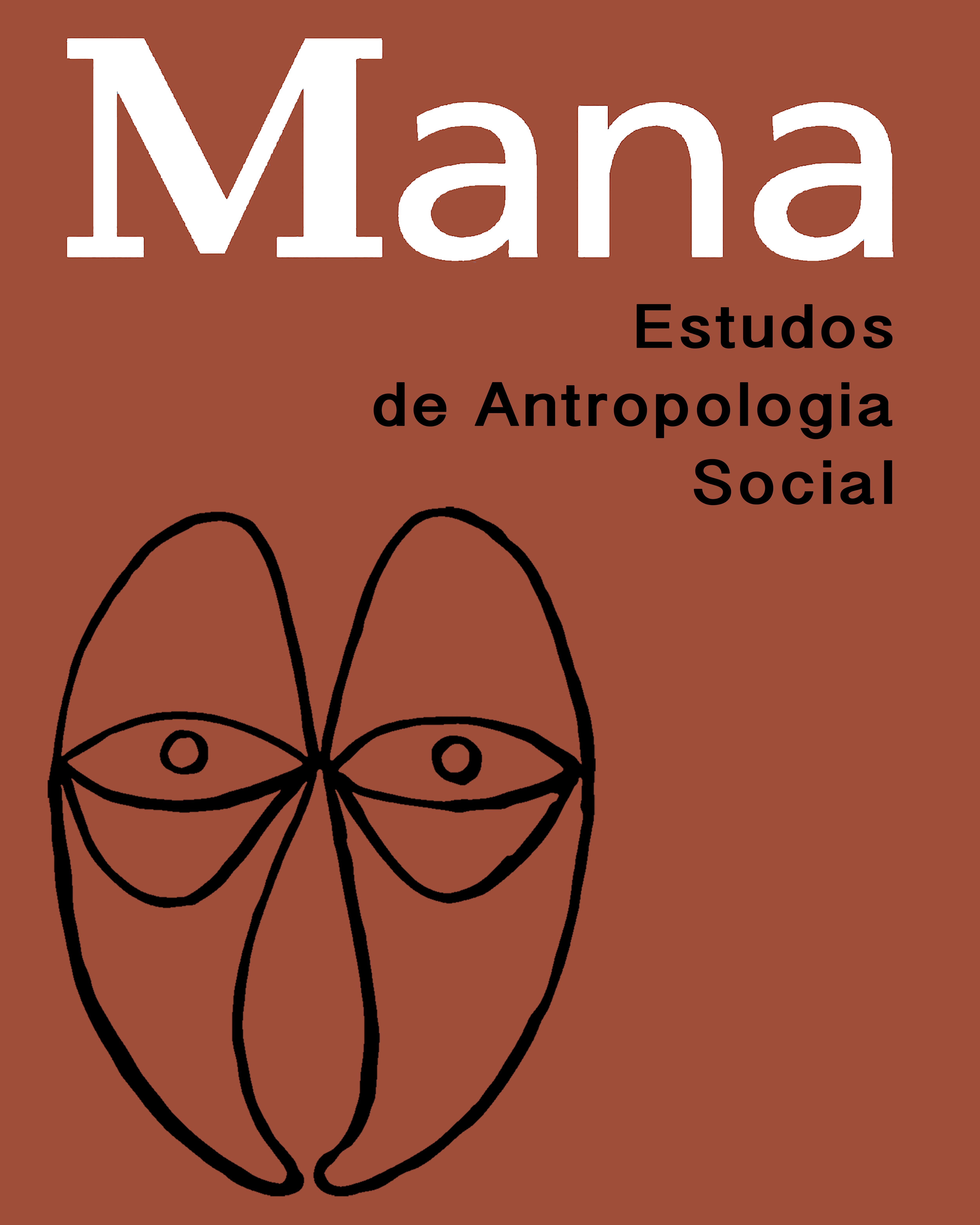Abstract
In the mid-2000s, South-South cooperation (SSC) was recognized by the donor community and multilateral agencies, highlighting the strategic relevance of the development experiences of the so-called emerging countries - understood as more suited to the nations of a heterogeneous global south than the plans drawn up by traditional donors from the north. The search for horizontality in partnerships, therefore, became an instrument to promote a new architecture of international aid. In this article I intend to explore the notion of similarity, strongly mobilized by Brazilian SSC initiatives with African countries, understanding it as a tool to draw comparisons between singular territories. To this end, I consider the analogies produced within the scope of the “Projeto Embrapa-Moçambique”, also known as “Projeto Paralelos”, which was based on the edaphoclimatic similarities between the Mozambican Savannas and the Brazilian Cerrado to conduct a satellite mapping of the potentialities of natural resources of this African country. The main product of this survey was the WebGIS platform, a georeferenced biophysical and socioeconomic database, which aims to provide subsidies both to improve the management of this information and to promote the sustainable development of Mozambican agriculture. My aim is to describe how different conceptualizations of the land - planet, territory, soil, commodity, natural resource - proliferate from the establishment of this data set. Particularly, I analyze how these allow transforming the land into an asset, under the eyes of some of the possible users of WebGIS: agents of the global financial market, who seek safe environments for their far from horizontal businesses, but still managed by policies to promote development.
Keywords: Data; Agriculture; Land; International cooperation; Mozambique

 Collecting data, producing assets: on the similarities created by Brazilian south-south cooperation in Mozambique and its effects
Collecting data, producing assets: on the similarities created by Brazilian south-south cooperation in Mozambique and its effects Thumbnail
Thumbnail
 Thumbnail
Thumbnail
 Thumbnail
Thumbnail
 Thumbnail
Thumbnail
 Thumbnail
Thumbnail
 Thumbnail
Thumbnail
 Fonte:
Fonte:  Fonte: http://mapas.cnpm.embrapa.br/mocambique/mapa.html
Fonte: http://mapas.cnpm.embrapa.br/mocambique/mapa.html
 Fonte:
Fonte:  Fonte: ProSavana-PD [Plano Diretor] (
Fonte: ProSavana-PD [Plano Diretor] ( Fonte: https://www.cnpm.embrapa.br/vs/vs1903/seminario_internacional_oportunidades_mocambique.html
Fonte: https://www.cnpm.embrapa.br/vs/vs1903/seminario_internacional_oportunidades_mocambique.html
 Fonte: https://www.cnpm.embrapa.br/vs/vs1903/seminario_internacional_oportunidades_mocambique.html
Fonte: https://www.cnpm.embrapa.br/vs/vs1903/seminario_internacional_oportunidades_mocambique.html